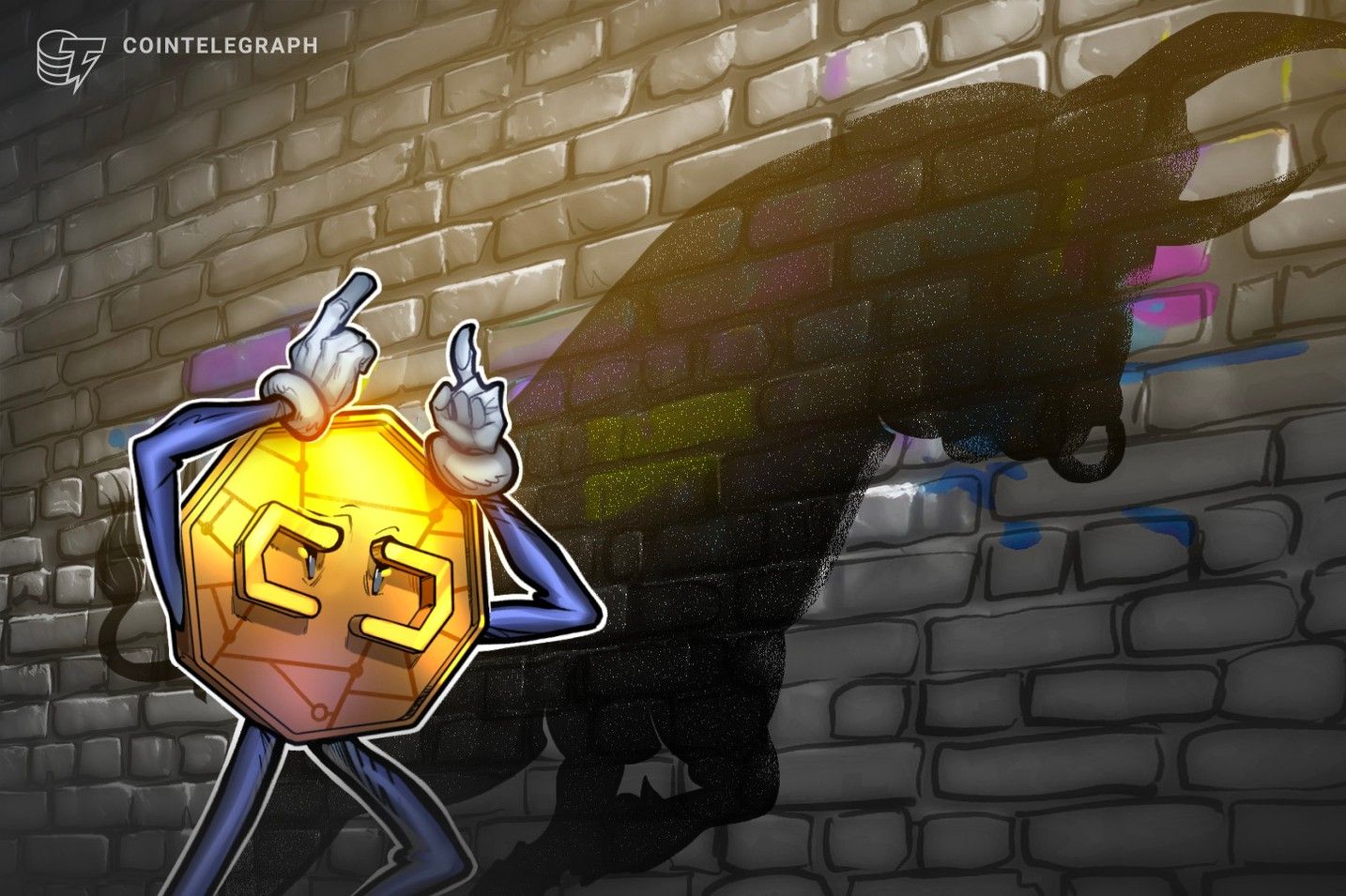South Korea's leading Piggycell drives Web3 ecosystem innovation with RWA technology
"Charge-to-mine"—a Web3 application based on real-world assets has been validated in the South Korean market.
Original source: Piggycell
Piggycell, the platform that holds over 95% dominant position in South Korea's mobile power bank sharing market, is attracting global attention with its Real World Asset (RWA) project that integrates Web3 technology. Piggycell is not just a Web3 startup with a vision; it has already proven the practical value and financial stability of Web3 technology through its solid business model.
Piggycell has proposed a unique model that perfectly combines physical infrastructure with blockchain technology. In a recent public test, more than 9.4 million on-chain records were generated in just two weeks, demonstrating that daily activities in the real world can be transparently recorded on the blockchain. This is seen as a significant milestone in solving one of the major challenges faced by Web3 projects—how to achieve "real world application."
It is worth mentioning that Piggycell's payment experience (UX) perfectly replicates the convenience that Web2 users are accustomed to. Users simply scan a QR code to complete payments and immediately borrow a power bank through familiar payment systems such as WeChat Pay, Kakao Pay, and Naver Pay. After use, the power bank can be returned at any site. This intuitive, low-threshold user experience breaks the stereotype that Web3 technology is complex and difficult to use, creating conditions for everyone to participate easily.
The core of Piggycell lies in its two innovative Web3 models. The first is the "Charge-to-Earn" model. Users continuously receive incentives usable within the Piggycell ecosystem while borrowing and charging with the power bank. This allows users to naturally earn Web3 rewards simply by using the service, without any additional investment or complicated steps.
The second is the "Dominate-to-Earn" model. It mints the infrastructure assets of specific power bank stations as NFTs, and users holding these NFTs can share part of the revenue generated by the infrastructure. This model builds a transparent and efficient value distribution system, enabling anyone to participate in the contribution and returns of physical assets, effectively integrating the core value of RWA into the Web3 ecosystem.
Piggycell's financial stability has also been validated through its successful fundraising. The company has secured a total of 10 million USD (about 70 million RMB) in seed round investment from major Korean institutions (such as Hana Securities and Shinhan Securities) and globally renowned Web3 investors including Animoca Brands, Galxe, and others. This investment strongly proves that Piggycell is not a project chasing short-term trends, but one recognized by the market as having long-term growth potential.
A Piggycell executive stated: "We are not a project that only exists in technical whitepapers; we are a company that creates value through actual operational performance and robust cash flow. We will build a trustworthy Web3 ecosystem based on physical assets and set new standards for the market." Piggycell not only presents a blueprint for the power bank sharing sector but also provides a leading example of how Web3 technology can be applied to other physical infrastructure industries.
This article is a submission and does not represent the views of BlockBeats
Disclaimer: The content of this article solely reflects the author's opinion and does not represent the platform in any capacity. This article is not intended to serve as a reference for making investment decisions.
You may also like
Trump vs JPMorgan: The Ultimate Showdown Between Two Dollar Monetary Orders and the New Era of Bitcoin

ETH traders ramp up positioning, setting a price target at $3.4K

BTC price pauses at $92K: Can Bitcoin avoid another crash?

Crypto bull market signal: ERC-20 stablecoin supply preserves $185B record

